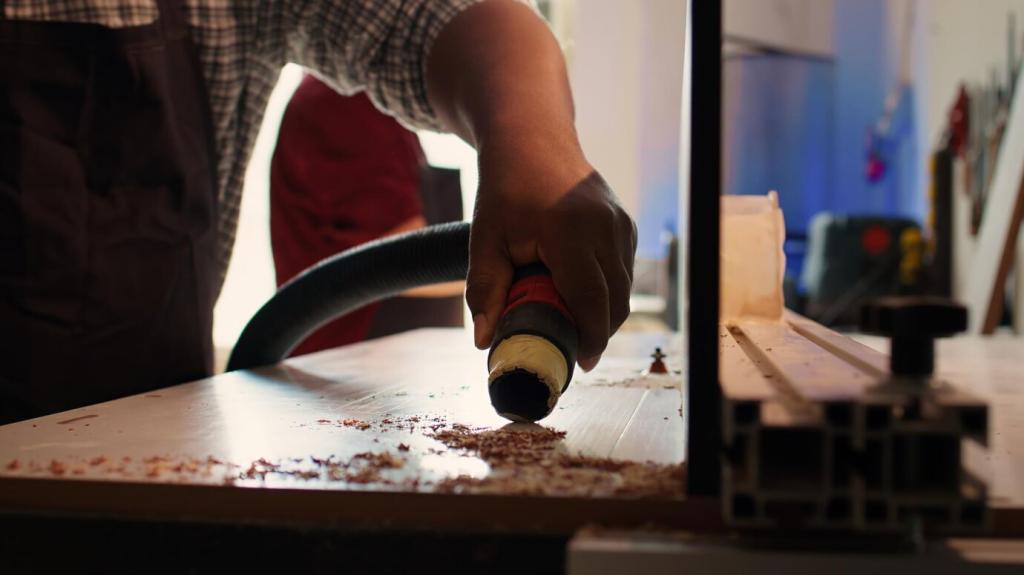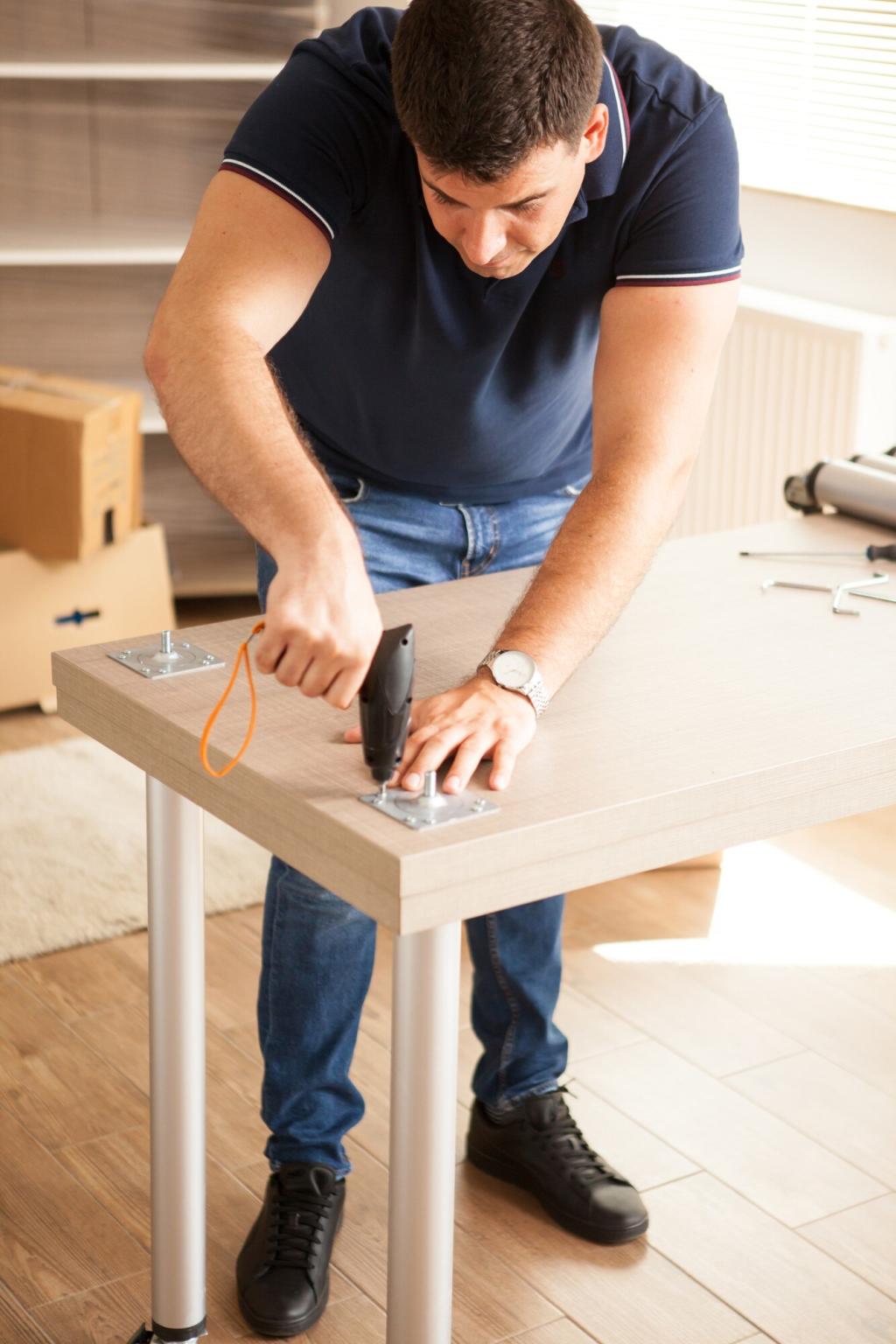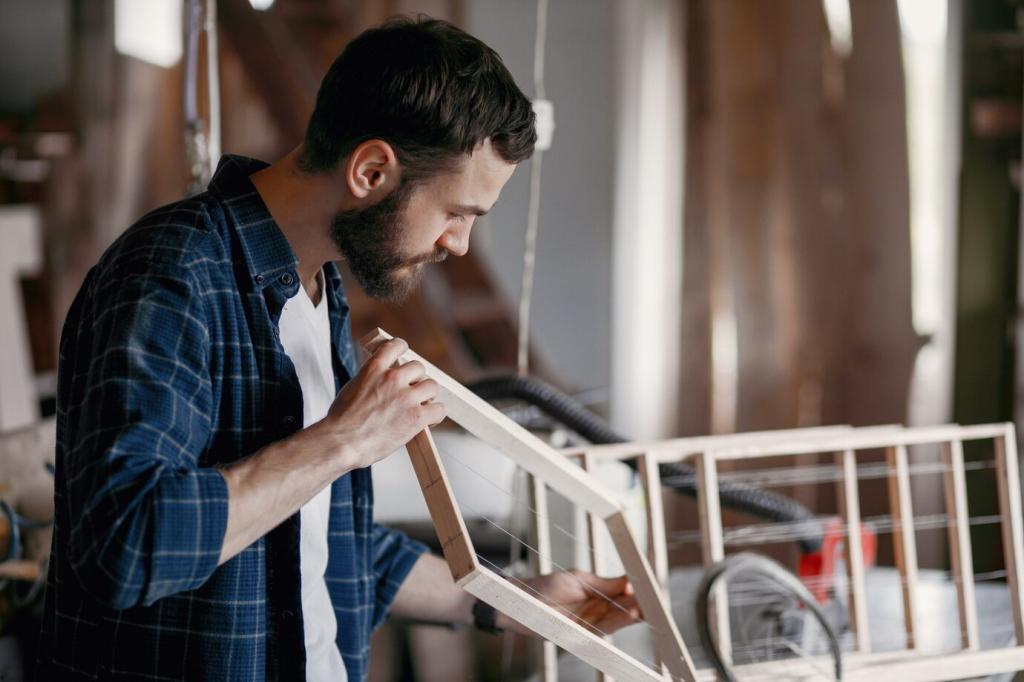Installing Sensors Without Harming Finishes
Mount motion and strain sensors near cross-braces, under drawer runners, and along stretcher bars where forces concentrate. Avoid visible edges and decorative veneers. On sofas, tuck sensors behind frames instead of cushions. For tables, underside corners often reveal early wobble. Tell us which placements delivered the most reliable signals in your home.
Installing Sensors Without Harming Finishes
Use removable, finish-safe adhesives, low-profile brackets, or micro-screws only in inconspicuous structural areas. Test tape on a hidden patch first. For antiques, consider reversible mounts and conservation-safe materials. If you’ve tried custom 3D-printed cradles, share your design files so others can adopt, adapt, and protect their furniture responsibly.
Installing Sensors Without Harming Finishes
Choose low-draw radios and deep-sleep modes to stretch coin cell life for multiple years. Where vibration or light is abundant, explore energy harvesting modules. Keep spare batteries labeled by installation date and recycle responsibly. Subscribe to get our maintenance calendar and alerts checklist for painless, scheduled power checks.
Installing Sensors Without Harming Finishes
Lorem ipsum dolor sit amet, consectetur adipiscing elit. Ut elit tellus, luctus nec ullamcorper mattis, pulvinar dapibus leo.




